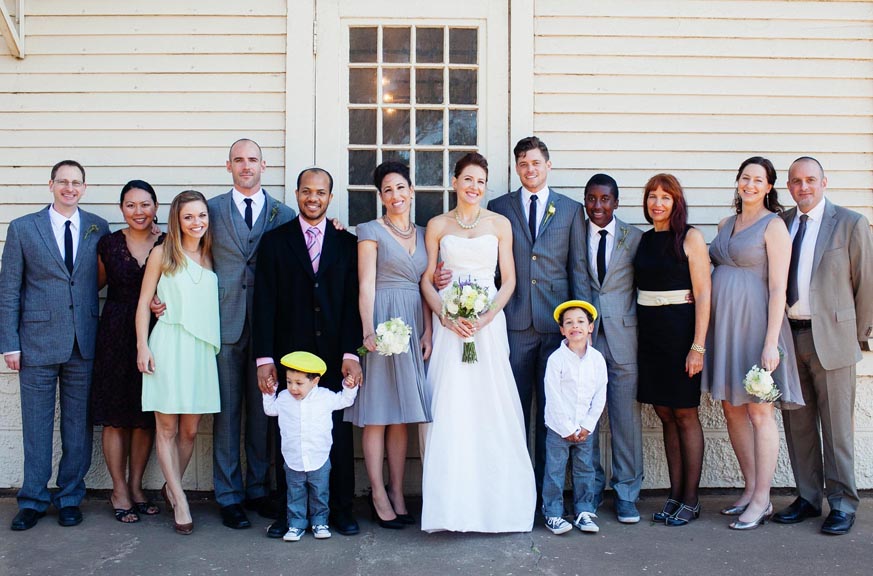Young Jews today are growing up in a hyper-connected, globalized world. That means they must contend with challenging viewpoints, contrary experiences and differing values. They must not only deal with the multitude of identities to which they are exposed, they must deal with the fact that they, themselves, are developing multiple identities. No Jew is “Just Jewish.” Jews sport all sorts of identities, the ways they express and identify are countless; all Jews are “Jewish&”—hyphenated identities are the norm.
But this is nothing new. The original multicultural people, Jews have lived around the world for millennia. The center of Jewish life has shifted through massive migrations—the Crusades, Inquisition, the Holocaust and other persecutions. Not only is Jewish practice compelling and relevant, Jews are also skilled at adapting to changing circumstances.
Today, Jewish communities are highly dispersed. Even in communities with significant Jewish populations, people are more likely to be scattered among the general population than in previous generations. Jews act like other Americans. And whether through birth, intermarriage, conversion or adoption, we are more diverse than many assume. Approximately 20% of American Jews identify as either non-white or non-Ashkenazi. Race and ethnicity are important elements in shaping Jewish identity and expression.
My son Jonah is a high school student, the youngest of six siblings; he is an avid lacrosse player, who likes to skateboard and hang out with friends & he is African American. When my husband Gary Tobin, of blessed memory, and I adopted Jonah we wanted to find other African American Jewish role models for our son. What started as a research project became Be’chol Lashon, an internationally active growing organization dedicated to celebrating the historic and contemporary diversity that is the global Jewish community.
Young Jews develop and embrace global identities and diverse friendship circles. Diversity and inclusion are important components of the value system of most young people today, and a key lens through which they make choices about engagement in Jewish life. Cultural competence, the ability to interact with, learn from, navigate and incorporate different cultures, is no longer a luxury, but a necessity.
Like Jonah, many Jews simply do not fit into single categories. And this isn’t new. Many of us never have. Peoplehood involves taking seriously the diversity of Jews and the complexity of our history. Jewish& provides an enriched understanding of the many rivers, as Langston Hughes put it, flowing through our veins and into our family’s collective memory. My son Jonah has many elements to his identity, he is Jewish&. In launching this blog, Be’chol Lashon hopes to share some of the many stories and takes on what it means to be Jewish.
More than at any time in the past, we live in a global world. Judaism looks different in different places. We know that there are many Jewish tales to tell and in telling them we will learn and grow together. Stay tuned as we meet Jews who live around the corner and around the world. Join us as we explore the challenges of building an inclusive Jewish community. Take some time to get to know Be’chol Lashon and the work we do. Let us know if you have a story idea, an issue to cover, or a Jewish& experience to share.







